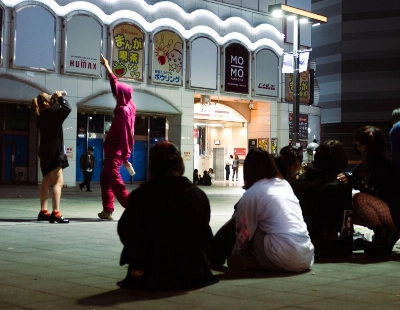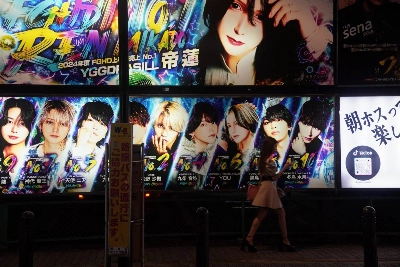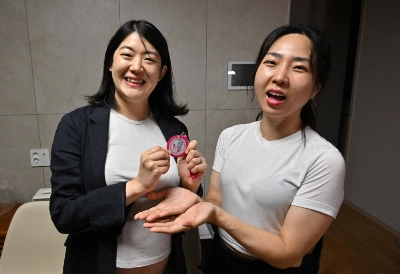The Tokyo Stock Exchange suffered its worst-ever technical failure when a programming bug in the computerized trading system shut down the entire system throughout early August 1.
The crash set off a flurry of sales that sent the Nikkei average plunging to 19804.38, down 527.05 from July 31. It marked the first closure below 20,000 since July 11. Exchange officials initially could not identify the cause, But by late afternoon, the breakdown was traced to a bug in the software that handles trading for foreign section issues.
The system started to malfunction at around 8:20 a.m., after it started taking orders from brokerages. The backup system, which runs on the same computer program, also broke down. Both of them were developed by Hitachi Ltd. and were installed by the exchange in August 1989.


















With your current subscription plan you can comment on stories. However, before writing your first comment, please create a display name in the Profile section of your subscriber account page.